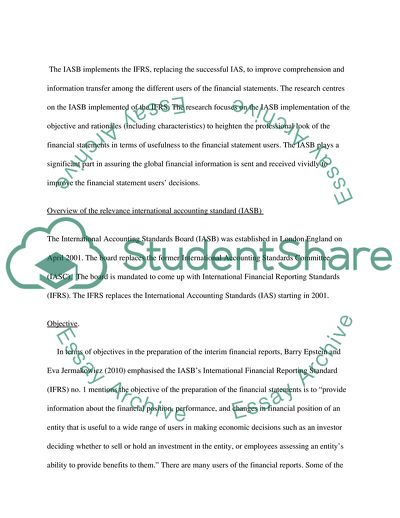Cite this document
(Advanced Financial Reporting and Regulation Coursework, n.d.)
Advanced Financial Reporting and Regulation Coursework. https://studentshare.org/finance-accounting/1771480-advanced-financial-reporting-and-regulation
Advanced Financial Reporting and Regulation Coursework. https://studentshare.org/finance-accounting/1771480-advanced-financial-reporting-and-regulation
(Advanced Financial Reporting and Regulation Coursework)
Advanced Financial Reporting and Regulation Coursework. https://studentshare.org/finance-accounting/1771480-advanced-financial-reporting-and-regulation.
Advanced Financial Reporting and Regulation Coursework. https://studentshare.org/finance-accounting/1771480-advanced-financial-reporting-and-regulation.
“Advanced Financial Reporting and Regulation Coursework”. https://studentshare.org/finance-accounting/1771480-advanced-financial-reporting-and-regulation.


